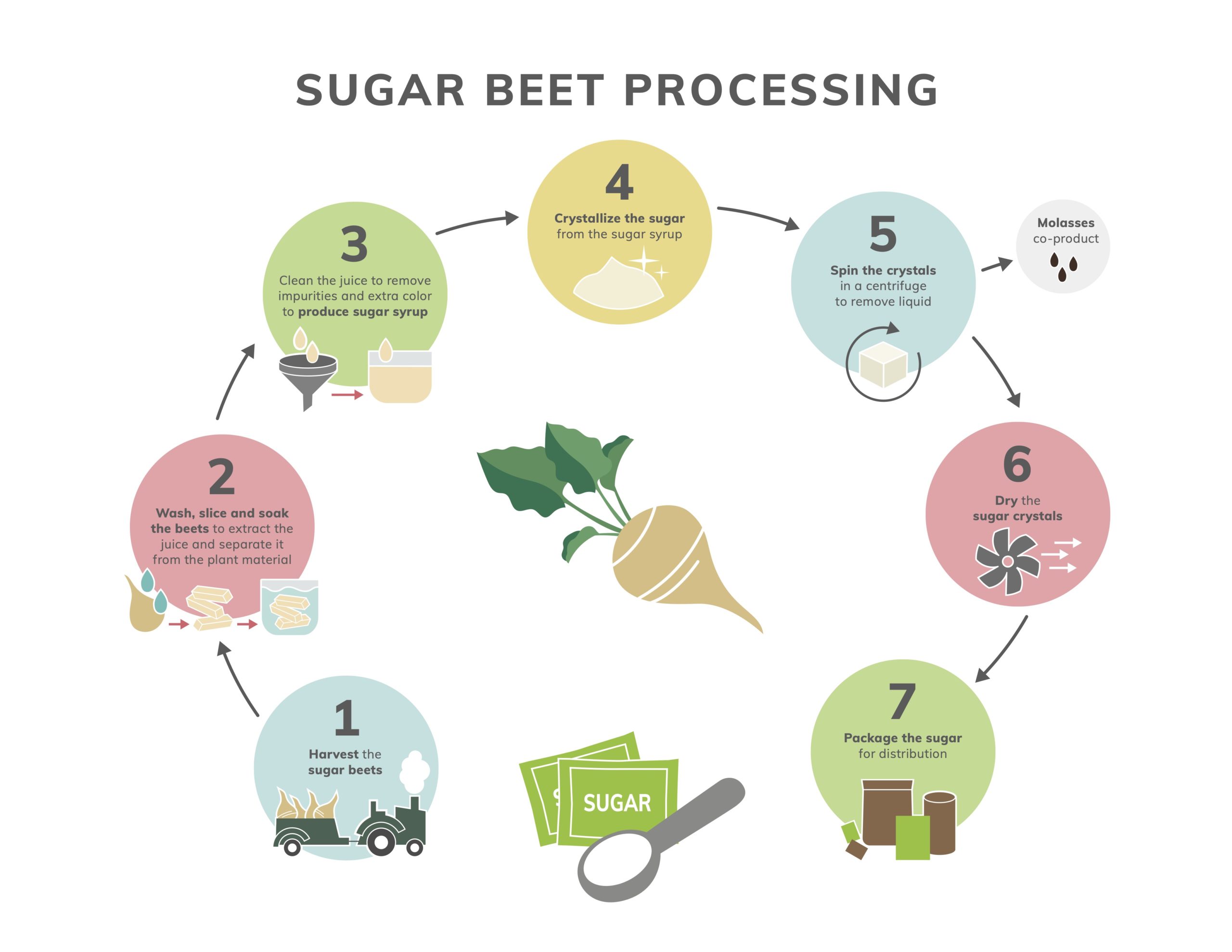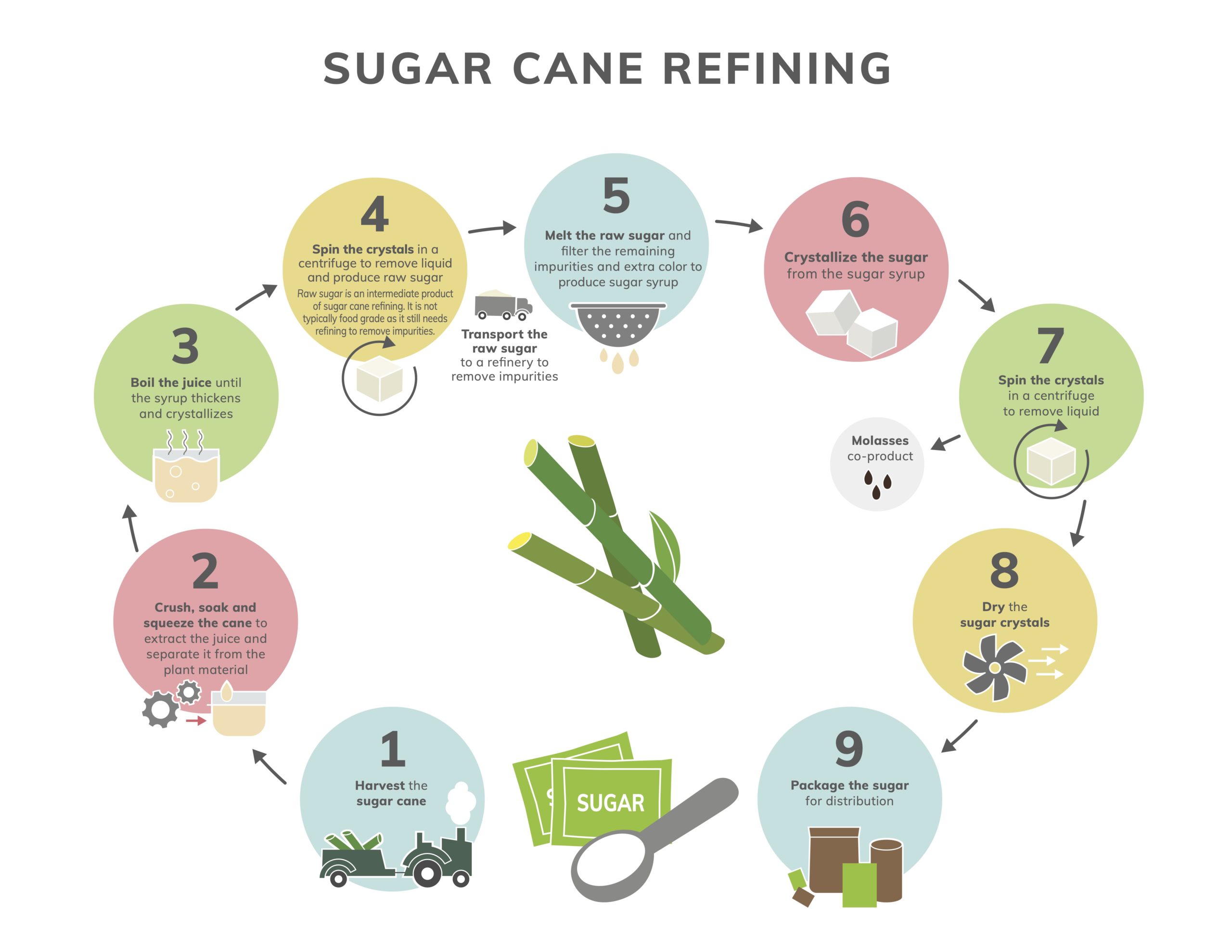High-grade Cane Sugar Processing Chemicals: Dependable and Safe
Wiki Article
Maximizar Rendimientos Y Minimizar Costos: Estrategias Avanzadas Para La Optimización Química Del Procesamiento De Azúcar De Caña
In the world of cane sugar handling, the search of optimizing yields while concurrently decreasing costs stands as a powerful obstacle that requires a tactical mix of innovative chemical optimization techniques. The complexities of this undertaking look into the core of efficiency, where every aspect of the procedure plays an essential function in accomplishing optimum outcomes. By exploring the complexities of chemical analysis, enzyme use, pH control, purification, and purification methods, a landscape rich with opportunities for enhancement and innovation emerges. Amidst this elaborate internet of methods exists the assurance of unlocking untapped potential and transforming the really significance of sugar manufacturing. Cane Sugar Processing Chemicals.Chemical Evaluation for Effectiveness
Chemical analysis plays a pivotal duty in improving the effectiveness of sugar cane handling by giving important understandings right into the make-up and residential or commercial properties of the raw materials. By performing in-depth chemical analyses on sugar walking stick examples, processors can identify the specific focus of sucrose, glucose, fructose, and various other elements existing in the raw material. This information is essential for enhancing the various phases of the sugar walking stick handling chain, from grating to crystallization.In addition, chemical analysis makes it possible for cpus to determine impurities such as natural acids, healthy proteins, and minerals that can affect the quality and return of the last sugar product. By evaluating these pollutants, processors can execute targeted methods to eliminate or minimize their impacts, inevitably enhancing the total efficiency of the processing plant.
Additionally, chemical evaluation facilitates the tracking of procedure parameters such as pH, temperature level, and thickness, allowing processors to make real-time changes to make certain optimal problems for sugar removal and crystallization. In general, a comprehensive understanding of the chemical structure of sugar walking cane is important for making best use of yields, decreasing expenses, and keeping high item quality in the sugar production market.

Enzyme Usage for Raised Returns
With a strategic technique to enzyme utilization, sugar walking stick cpus can considerably improve their returns while maintaining operational performance in the production procedure. Enzymes play an essential role in sugar walking cane handling by breaking down complex carbohydrates right into easier sugars, thus boosting the total sugar extraction effectiveness. By integrating details enzymes tailored to target the different parts of sugar cane, such as cellulose and hemicellulose, processors can enhance the launch of sugars throughout removal.Enzyme utilization provides the benefit of maximizing sugar yields from the raw material while lessening the power and sources needed for published here handling. This causes a more sustainable and cost-effective production process. Additionally, enzymes can aid in minimizing handling time and improving the general top quality of the sugar item. With cautious choice and application of enzymes, sugar walking stick cpus can enhance their operations to accomplish higher yields and profitability.
Ph Control for Optimal Handling
Enzyme utilization for enhanced returns in sugar walking cane handling lays the structure for addressing the vital facet of pH control for optimum handling efficiency. Maintaining the suitable pH level throughout different phases of sugar walking cane handling is essential for maximizing returns and minimizing costs. By thoroughly keeping track of and changing the pH levels at different processing steps, sugar cane processors can enhance sugar recovery rates, reduce chemical usage, and optimize the total manufacturing procedure.Advanced Purification Methods
Carrying out sophisticated filtering strategies in sugar walking cane handling improves the effectiveness and purity of the end product via improved separation methods. By incorporating cutting-edge filtering i loved this modern technologies, such as membrane layer purification and activated carbon filtering, sugar cane processing plants can attain higher levels of sugar recuperation and enhanced high quality control.
Turned on carbon purification is one more advanced technique that assists in the removal of colorants, off-flavors, a fantastic read and residual contaminations from sugar walking stick products. By making use of turned on carbon's adsorption properties, this purification technique enhances the quality and taste of the sugar, meeting the high criteria demanded by customers and market regulations.
Energy-Efficient Distillation Techniques
Energy-efficient distillation techniques are important for maximizing the sugar cane handling sector's energy intake while maintaining top notch product requirements. Traditional purification procedures can be energy-intensive, resulting in greater manufacturing costs and environmental influences (Cane Sugar Processing Chemicals). Implementing energy-efficient distillation approaches, such as vacuum cleaner distillation or molecular purification, can significantly decrease power needs while improving general procedure performanceVacuum distillation includes reducing the stress within the purification system, which lowers the boiling point of the liquid blend being refined. This decrease in boiling point decreases the energy needed for vaporization, leading to power savings compared to conventional distillation techniques.
On the various other hand, molecular purification uses brief course purification strategies under high vacuum cleaner conditions to separate compounds based on their molecular weight. This method is especially efficient for heat-sensitive compounds, as it operates at lower temperatures, minimizing power usage and protecting product high quality.
Final Thought

Report this wiki page